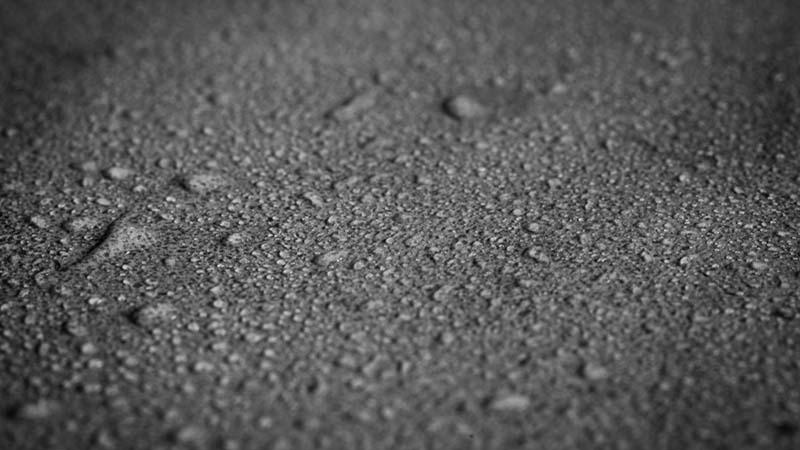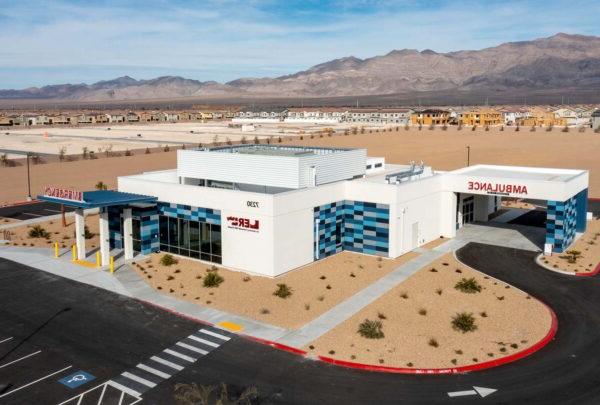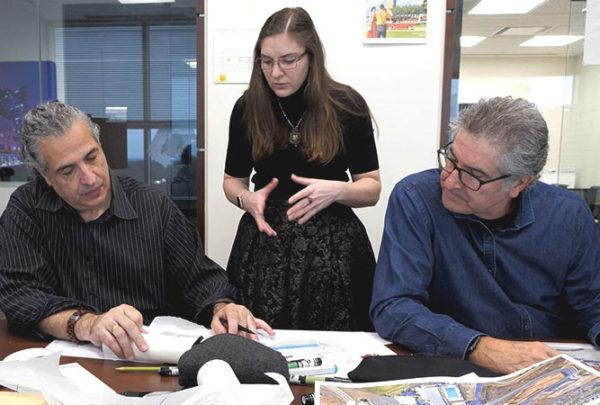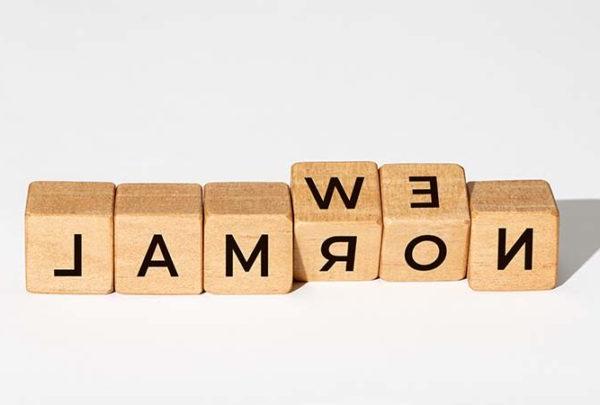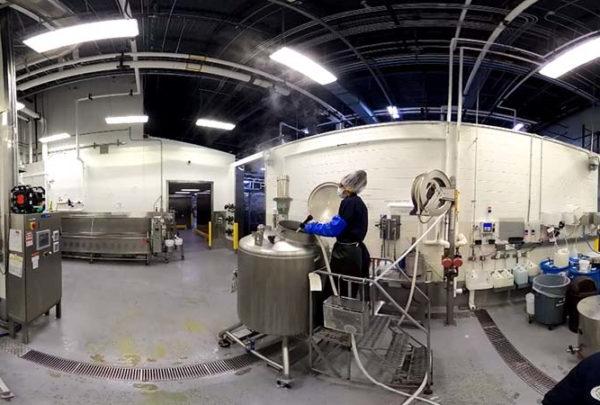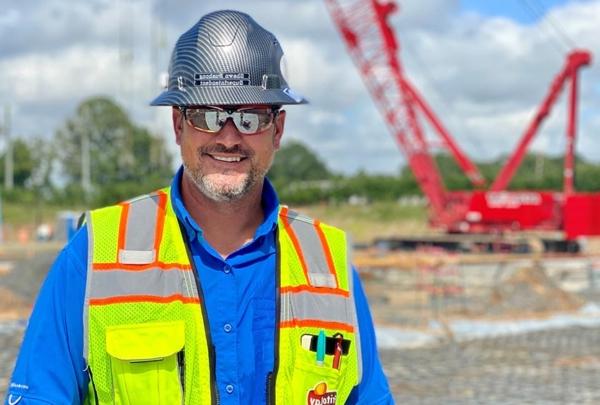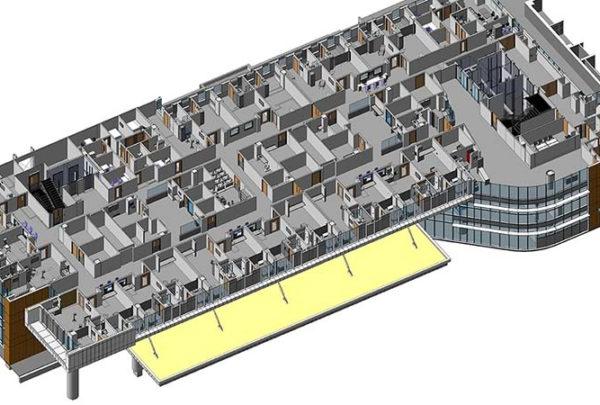Concrete slabs contain and continually absorb and emit moisture over time, potentially causing costly problems with impermeable flooring like warping, mold, discoloration, and failure of water-based adhesives. The failure of water-based adhesives is no longer a mystery. The question is how to deal with this reality.
In the absence of moisture-mitigating measures in the project specs, the designer may be taking on unintended liability, and the owner’s flooring performance expectations may not be met. Concrete floors have the ability to cycle moisture content, absorbing water and discharging water vapor over long periods of time, so mitigation may still be appropriate on existing slabs regardless of age.
Contractors (and subsequently owners) can’t rely on concrete floors (on grade and raised) meeting the requisite moisture content levels at the necessary point in time to fit into a construction schedule. Concrete’s real risk is its lack of predictability, but mitigating moisture in concrete in a predictable fashion manages that risk, which benefits the owner, the design team, and the contractor.
The benefits of proactively installing moisture mitigation include:
- For the design team – A reliable substrate for specified flooring installations, minimizing a common reason for flooring installation “callbacks,” and “guilt by association.”
- For the contractor – A predictable construction schedule and an enhanced opportunity for a quality flooring installation.
- For the owner – The removal of schedule risk and an improvement in the likelihood of long-term performance of the flooring materials.
We subscribe to a form of predictable “insurance” for this issue. A proven method we advocate is bead blasting the concrete surface, sealing the concrete slab against moisture migration, and then applying a self-leveling underlayment (where needed). 澳门足彩app specifies an epoxy-based moisture mitigation sealant for all slabs intended to receive floor coverings. We caution against waiting until the slab has been tested before adding mitigation to the contract sum (which could be a big surprise for the owner). If testing demonstrates that flooring adhesives that are currently available can handle the relative humidity in some or all of the slab, and the flooring manufacturer signs off, then mitigation can be waived and the owner is due a credit back based on a previously agreed-upon unit price.
While moisture emanating from concrete slabs can be addressed in numerous ways, choosing the most appropriate method of sealing the surface can mitigate the damage moisture can cause to flooring without unintended side effects. Doing so benefits the design team, the contractor, and the owner by improving the longevity of flooring installations, thereby lowering long-term maintenance costs.

